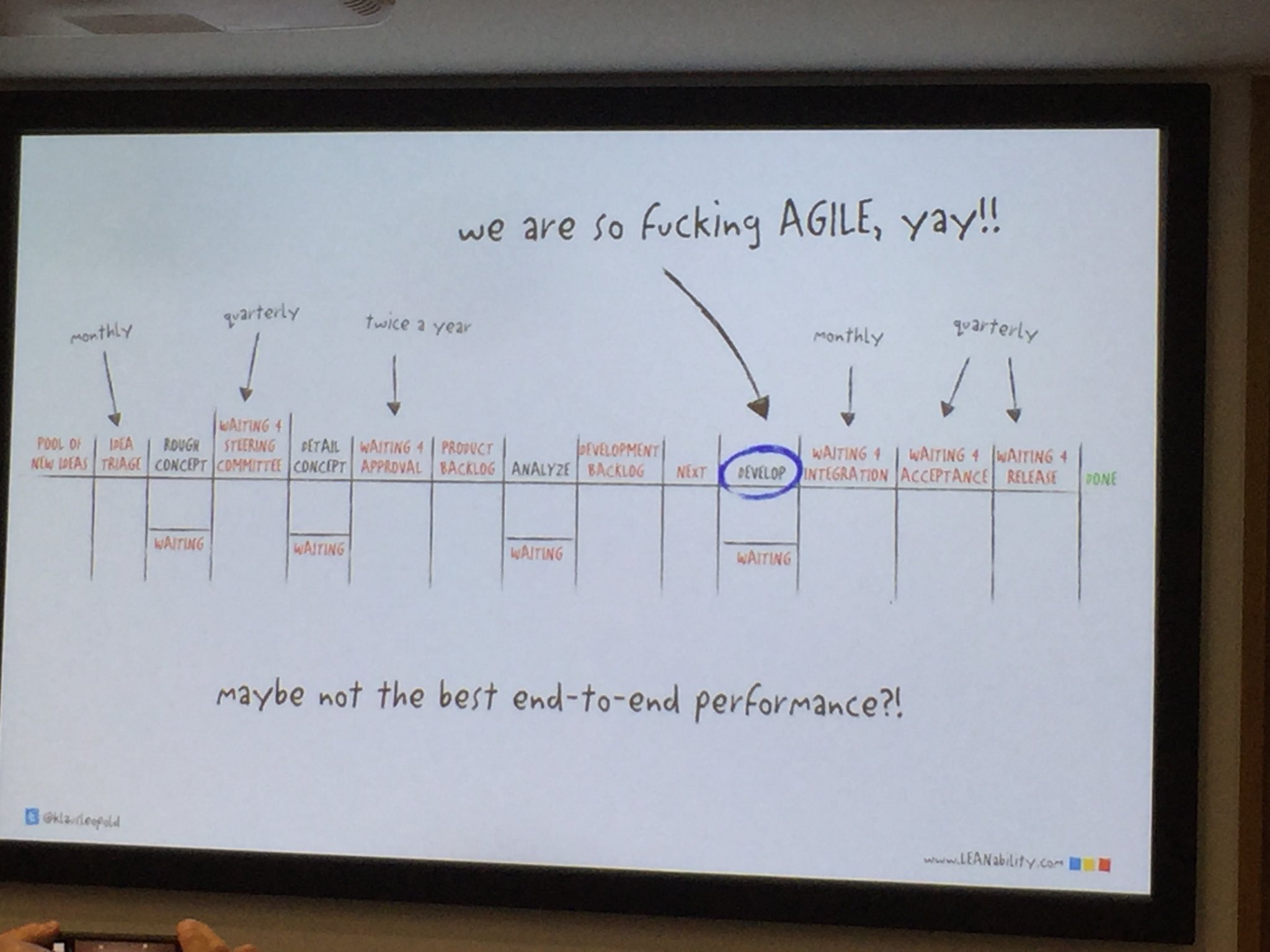In these days of virtual meetings, the very structures of formal meetings are under change. It’s definitely forged by extensive work-from-home and working with people not in the same locations. It challenges the people that are used to having everything in documents and actions/assignments tracked as part of a “Minutes of Meetings” document. They seem to mistake the absence of document artifacts with no structure. But if you look closer you will see that even a circus is a choreographed act.
The Agenda is always the Current State of Affairs
A key observation from the agile and collaborative way of working is the principle of making work visible. Put tasks and assignments on a shared board for the team. The tool is not so important, as long as it reasonably supports the kanban/scrum-board mechanics. You can use Trello, Podio, Miro, Azure DevOps, or Jira – whatever is available to you in your organization.
Among the benefits of a shared digital board is that it additionally supports the team with the ability to work on items asynchronously, independent of timezones, working hours, and locations. The state of affairs is whatever state the board depicts – so make sure it’s always as truthful as it can be. It takes practice for the team members to learn to update the board outside of the meeting. But this small step is really key in making the meetings more effective and reducing the time to information.
The status board challenges the fact that an agenda can be locked prior to a meeting. All items are moving pieces – so the agenda can only be “look at the board“. If someone is working on something – put it on the board. This also helps if a team member runs off to join a circus – or is temporarily away from this very circus.
Boards help to streamline getting things done. Items might not be perfect – but the focus is on getting them done. “Stop starting – Start stopping” is a recurring mantra. Secondly using a board and agile backlogs and work limits help to prioritize the work according to the team’s availability and speed of delivery. Bottlenecks and overloaded staff can be more easily identified.
Recurring touchpoints, though, are still needed for the team, but the latest status of the work items is no longer at the end of a Minutes of Meetings document.
Recorded Minutes of Meetings
Originally, the MoM (Minutes of Meetings) documents hold the decision items and action items after every meeting. As discussed a shared task board can replace much of the MoM. Is Alice joining Bob on a task? Did Charles agree to deliver X by Friday? All of those actions can be activities on the task board, as long as it’s added during the meeting. A meeting notetaker could do this during the meeting on the board, and not focus on writing down every minute. Adding ideas to the board’s “to-do” column is also a powerful way to remember things for the future.
A strong trend I see in the use of virtual meeting platforms is a default recording of most meetings. You have to get used to it, also privacy vise. Be careful in political organizations – the spoken word is now recorded. Among the benefits of recorded meetings is that everyone can rewind into the meetings and that previous meeting content is available for new team members. This goes especially well for content that is more “show and tell” than status calls.
My preferred leadership style is to set direction, provide what I have of relevant information, and follow up indirectly via the board. I don’t need to meet for a status message that can be read from the board. But I will use the information on the board to reflect on where we are and where we’re supposed to be heading.
Reframe meetings as Collaborative Conversations
When I set up a meeting in someone’s calendar, it’s not always with the intention to have the formal mechanics of a Capital-M Meeting. The scheduling in the calendar is a way to respect people’s time and to make sure key participants can be available at the same time. It’s out of the same respect for people’s variety of availability that meetings need to be effective.
I rarely invoke the formalities of a Meeting. When we (small-m) meet it’s to collaborate and interact and discover serendipity. Sometimes it seems that the name “meeting” is taken literally as a formal structure, while to me it’s more like a placeholder for collaborative conversations.
It may look like a circus – but that is on purpose. There is a choreography behind it all.







